Gender Equality & Social Inclusion
Gender inequality and social exclusion contribute to inequitable outcomes between people in every context.
One in five young women worldwide (19 per cent) were married in childhood in 2021. Girls who marry early face a higher risk of psychiatric disorders, adolescent pregnancy, and risk of dying from childbirth. Their children are more likely to die before their first birthday. Many girls and their children face a higher risk of domestic violence.
Children with disabilities face exclusion and deprivation that disproportionately impacts their well-being. According to UNICEF (2020), “Compared with peers without disabilities, children with disabilities are 34 per cent more likely to be stunted and 49 per cent more likely to have never attended school.”
Gender equality and social inclusion benefits everyone – women and men, girls and boys.
Accelerating gender equality and social inclusion requires numerous approaches, including supporting the empowerment of marginalised populations at pivotal points in their lives. It requires partnering with organisations of persons with disabilities and women and girl-led organisations and engaging faith leaders and communities to champion gender equality and social inclusion.
We work with partners towards the well-being of children and their families to influence five domains of change: well-being, access, participation and decision-making as well as influencing systems to ensure equal outcomes and opportunities for all people, regardless of gender, disability or other social status.
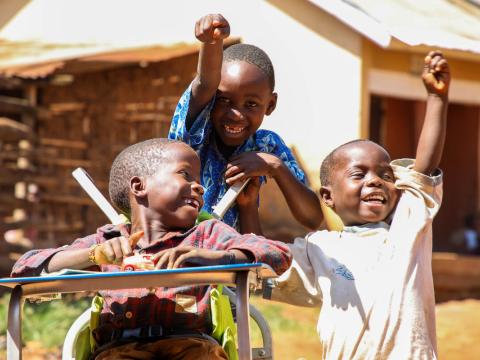
World Vision’s GESI Approach and Theory of Change
GESI is integral to achieving World Vision’s “Our Promise” global strategy and child well-being objectives. We recognise that inequality and exclusion one of the numerous drivers of child
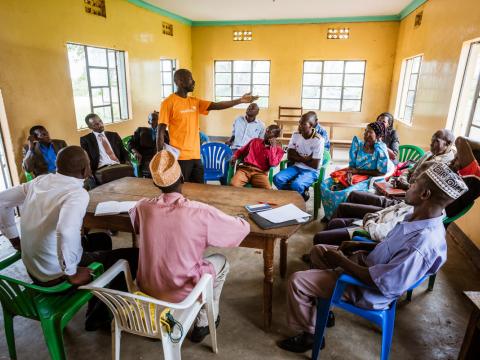
Faith engagement to address gender inequality and social exclusion
Faith-based approaches are powerful tools in our work to transform harmful gender and social norms in families and communities, especially in addressing gender-based violence and social exclusion.
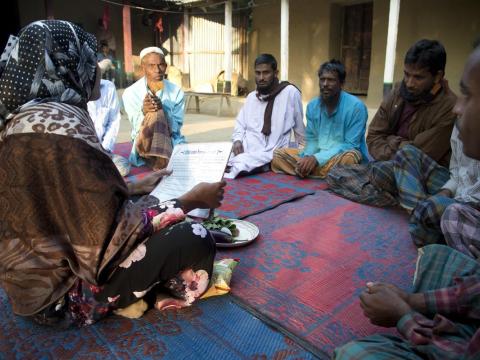
MenCare: Engaging men and boys for gender equality
World Vision engages men to work alongside women as partners and catalysts for GESI-transformative change. As traditional powerholders, men can be influential gender equality advocates; they can work
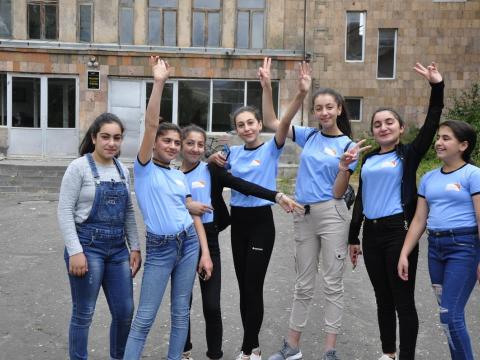
Positive Adolescent & Youth Development – IMPACT+Peace Road
In adolescence, girls and boys begin to face more pressure to follow harmful gender norms and practices, which affects their well-being and development. Adolescents and young people can be powerful
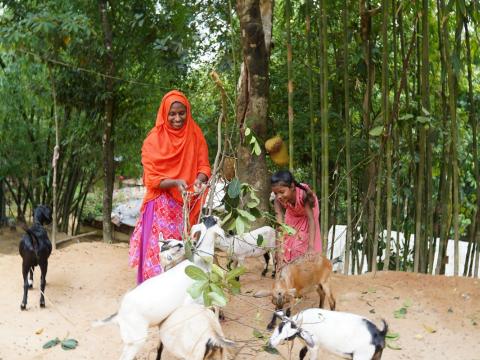
Empowerment of marginalized populations
Empowerment approaches, including women’s economic empowerment (WEE) are central to realising World Vision's mission 'for every child, life in all its fullness'. These approaches focus on increasing








